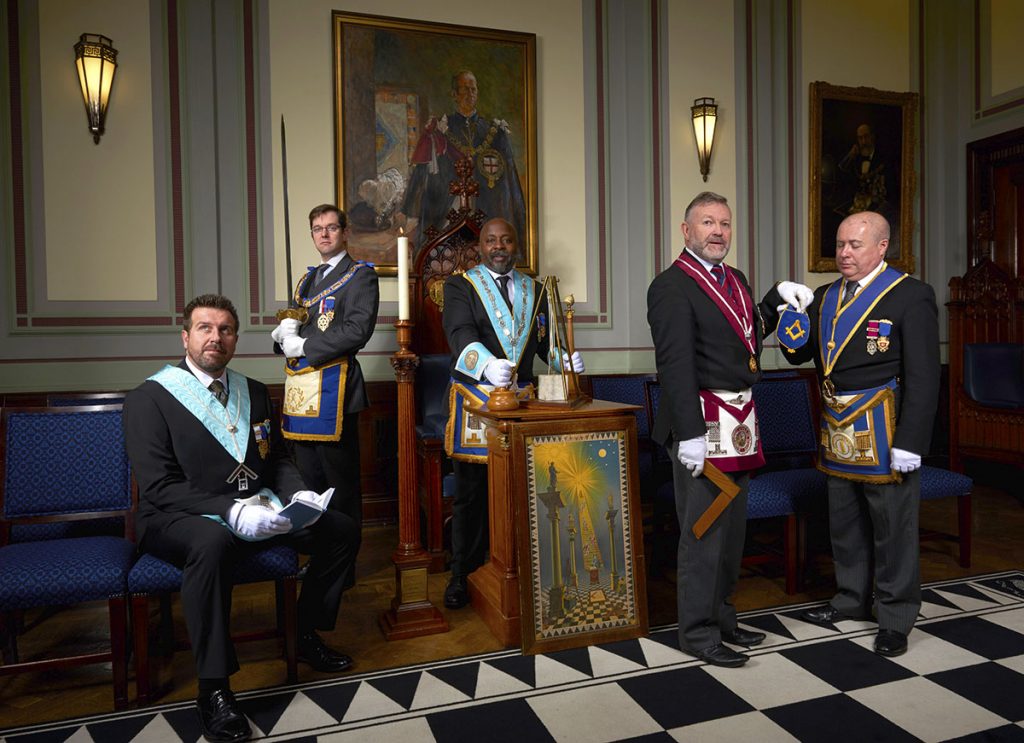Understand How to Join Freemason and Unlock Lifelong Connections
Understand How to Join Freemason and Unlock Lifelong Connections
Blog Article
Discovering the Mysteries of the Freemason: What You Required to Know
The Freemason, a term typically shrouded in intrigue and controversy, stands for a complicated tapestry of historic fact and contemporary myth. Developed in the late 18th century, this secret culture was originally rooted in the Knowledge's perfects however has considering that come to be associated with conspiracy theory concepts regarding elite control. As we browse the origins, essential figures, and the stark contrast in between myth and truth, one need to take into consideration just how these stories affect contemporary assumptions of power and privacy. What could be disclosed via a closer evaluation of these aspects can challenge long-held assumptions about the darkness that remain in our culture.
Beginnings of the Freemason
The origins of the Freemason are soaked in a blend of historic intrigue and ideological eagerness. Developed in 1776 in Ingolstadt, Bavaria, by Adam Weishaupt, the team was initially developed as a secret culture aimed at promoting Enlightenment suitables such as reason, secularism, and the splitting up of church and state. Weishaupt, a professor of canon regulation, sought to test the dominating authority of the church and state, which he checked out as overbearing institutions stifling intellectual and personal flexibility.
The Freemason sought to recruit prominent members from various societal industries, including national politics, academic community, and the arts, to cultivate a network devoted to these Enlightenment concepts. The culture run under a shroud of privacy, utilizing coded language and routines to protect its participants from oppression, especially given the repressive environment of the time. The Freemason faced significant opposition from both governmental authorities and religious organizations, which saw the team as a risk to their power.
Key Figures and Members
Who were the pivotal figures that shaped the Freemason's very early impact and instructions? The Bavarian Freemason, started in 1776 by Adam Weishaupt, became a response to the overbearing social structures of the time. how to become a freemason. Weishaupt, a legislation teacher, envisioned the organization as a way to promote Knowledge ideals such as factor, secularism, and equality. His initial recruitment initiatives consisted of prominent pundits, such as Baron von Knigge, that played a crucial duty in broadening the group's subscription and business framework.
Another substantial figure was Johann Gottlieb Fichte, a famous philosopher whose concepts on nationalism and education reverberated with the Freemason's goals. Although Fichte was not a formal participant, his thoughtful foundations affected the group's ideology. Additionally, figures like the author and theorist Johann Wolfgang von Goethe were connected with the more comprehensive intellectual motions of the time, although their straight involvement with the Freemason continues to be debated.
These vital figures added to the Freemason's very early direction, pushing the boundaries of political and social thought, while their cumulative initiatives intended to challenge well-known norms and foster a climate of dynamic change in Europe.
Myths vs. Reality
Lots of false impressions surround the Freemason, typically blending truth with fiction in a method that obscures its real nature. The idea that the Freemason proceeds to put in substantial impact over world events is a myth - how to become a freemason.
Another widespread myth is that the Freemason consists of a network of elite people manipulating worldwide affairs. In truth, several conspiracy theory theories exaggerate the group's value, associating see here misguided intentions to social fads and events. This has actually led to an oversimplified sight of complex problems.

Modern Analyses
Contemporary interpretations of the Freemason typically mirror more comprehensive social anxiousness and a fascination with privacy and power. This modern lens frequently associates the Freemason with conspiracy concepts that recommend a concealed elite coordinates globe occasions, controling federal governments and economies for their very own gain. Such narratives use an ingrained distrust of authority, especially in times of dilemma or social turmoil.

Furthermore, some modern analyses mount the Freemason as a metaphor for the intricacies of globalization and the interconnectedness of influential people and organizations. This point of view encourages an important examination of how power dynamics operate in today's globe, highlighting the balance between transparency and privacy in administration and company methods.
Social Effect and Legacy
Influenced by centuries of intrigue, the cultural influence and legacy of the Freemason extend far past its historical origins. This secret culture, established in the late 18th century, has why not look here actually penetrated numerous elements of prominent culture, from literary works and movie to music and art. The concept of the Freemason has actually advanced into a symbol of conspiracy theory theories, frequently standing for a perceived covert power adjusting global events.
In literary works, writers like Dan Brown have actually woven the Freemason into elaborate stories, captivating viewers with styles of secrecy and power. Films such as "National Treasure" and "The Da Vinci Code" further perpetuate the attraction of the culture, mixing truth with fiction to produce appealing narratives.
The Freemason's impact also expands right into songs, with artists referencing the organization to stimulate themes of disobedience and social review. This portrayal has actually added to a fascination with the idea of private groups controlling the bars of power, mirroring social anxiousness concerning authority and transparency.
Eventually, the Freemason's tradition is a complicated tapestry of myth and fact, forming assumptions of privacy and control in modern discourse. Its long-lasting visibility in society underscores humankind's perennial mission for recognizing concealed facts.
Conclusion
The exploration of the Freemason exposes a complex visit this site right here interplay in between historical realities and modern-day myth-making. Established in the Knowledge age, this society aimed to challenge overbearing structures, yet its heritage has been outweighed by conspiracy theory theories that recommend elite manipulation. Understanding the differences between the initial suitables and contemporary analyses is necessary for understanding the enduring fascination with the Freemason and its significant impact on social narratives bordering power and secrecy in culture.
Report this page